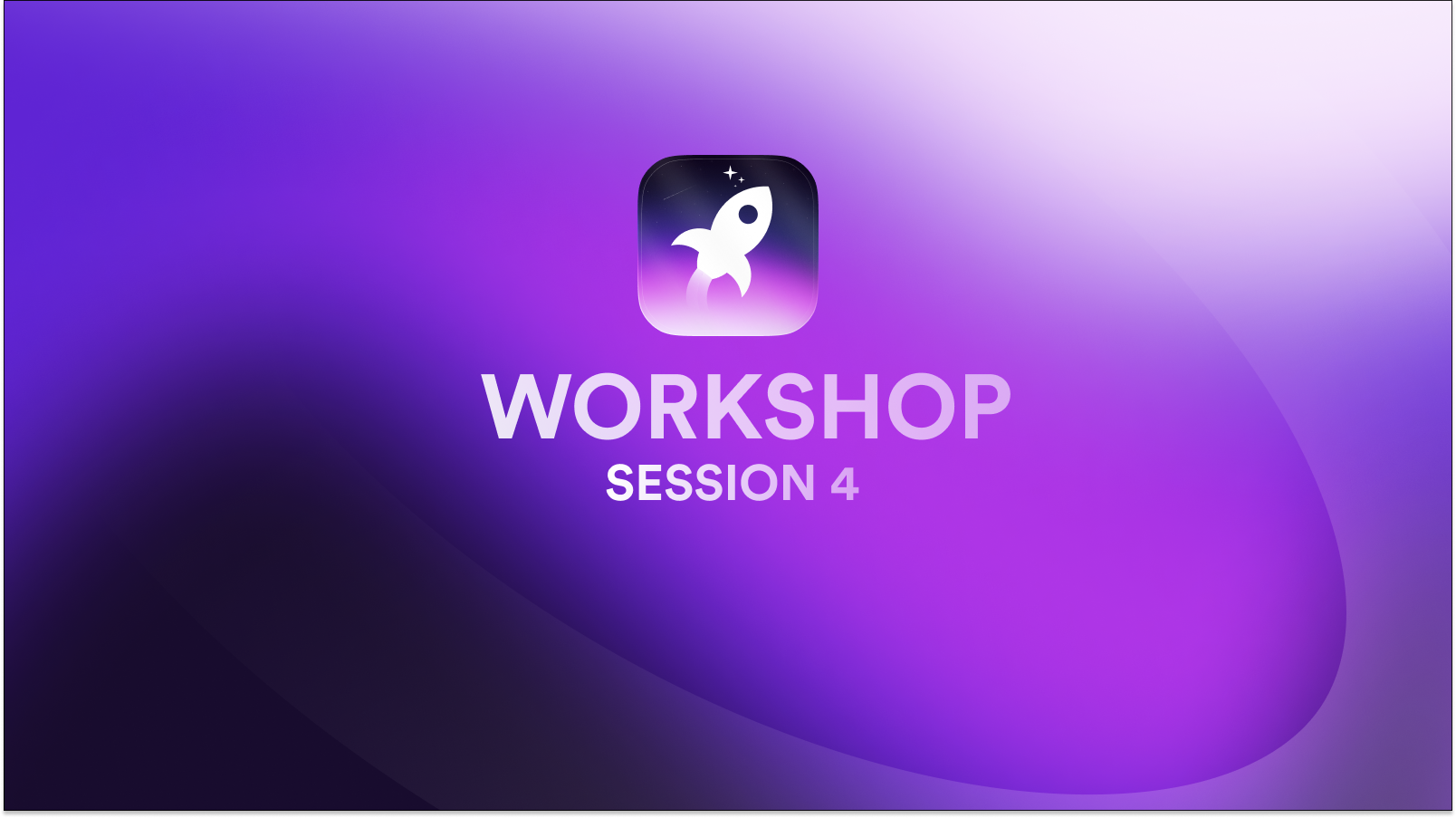As a Community Manager in the Web3 space, there are essential tasks you should focus on to maintain a strong and thriving community. In this guide, we've collaborated with over 150 Web3 Community Managers to provide you with valuable insights and expertise for successful community building. Let's dive in!
Building Community
Building a community in a Web3 project is like creating a welcoming living room where people can gather, share interests, and feel a sense of belonging. As a community manager, your role is to ensure everyone feels included, valued, and engaged.
- Engage with users and build relationships by actively listening to feedback and addressing concerns.
- Create opportunities for user engagement, such as hosting events, providing educational content, or implementing rewards programs.
Gathering Community Feedback
Feedback is vital for any project's growth, whether it's at an early stage or already established in the industry.
- Utilize surveys, one-on-one conversations, and dedicated feedback channels to collect valuable insights from the community.
Customer Support
Just like hosting a dinner party, being knowledgeable about your project is crucial for answering questions and providing a warm environment for your community.
- Know your project inside out to confidently address any inquiries.
- Stay informed about industry news and keep an eye on competitors to stay ahead.
- Establish effective communication channels with your team to seek help when needed.
Partnerships with Other Projects
Networking is key in the Community Manager role. As your community expands, forging strategic partnerships can be beneficial for everyone involved.
- Attend both online and offline events to connect with other projects and Web3 Community Managers.
- Building relationships through networking will help you stay up-to-date and foster mutual growth.
Moderating Events
Organizing events is a fundamental aspect of being a Community Manager. These events can vary from virtual meetups to physical conferences, all aimed at bringing the community closer to the project team.
- By creating opportunities for community members to connect and engage with the project, you foster a stronger sense of community and build lasting relationships.
Remember, community management is about passion, expertise, and dedication to create a welcoming and thriving environment for your community members. So, put on your party hat, embrace new connections, and get ready to nurture your Web3 community with enthusiasm!
Common Challenges & How to Overcome Them
As the Web3 space continues to evolve, community managers must adapt to the latest trends and technologies to keep their communities engaged and interested. Here are some practical tools and strategies to conquer the most common challenges:
Create educational content
- Share project details, features, and insights through blog posts, tutorials, and videos.
Implement referral programs
- Incentivize existing members to invite friends, attracting quality contributors to your community.
Leverage social media
- Engage potential users on platforms like Twitter and Reddit, promoting your project and increasing community membership.
Attend industry events
- Network with other projects and potential users, showcasing your project in discussions and panels.
How to Measure Community Building with KPIs
Measuring community-building effectiveness is crucial for refining strategies:
- Identify community goals and establish Key Performance Indicators (KPIs) to track progress.
- Common KPIs include user engagement metrics (active users, retention rates) and growth metrics (new user acquisition, referral rates).
- Monitor these KPIs over time to evaluate the impact of community-building efforts and make adjustments as needed.
Educating People About the Project
As blockchain technology can be complex for many users, clear communication is essential:
- Create educational content in various formats like blog posts, tutorials, and videos.
- Host events (webinars or AMAs) to engage with the community and answer questions.
- Engage with potential users on social media platforms to promote the project and provide information.
- Offer excellent customer support to educate people about the project and retain existing community members.
Organizing Time Wisely
Staying updated in the ecosystem can be time-consuming, but you can manage it efficiently:
- Utilize Twitter Spaces to enter the industry, listen to the community, and gain insights into their needs.
- Prioritize which Spaces to join based on relevance to your community or project and set a schedule for participation.
- Combine Twitter Spaces with other activities to maximize your time, such as listening while responding to community inquiries.
Overcoming Creative Blocks
When facing stress or creative blocks, take a break and try these tips:
- Seek inspiration from other projects and industries to spark new ideas.
- Collaborate with other community managers to generate fresh approaches.
- Take breaks to recharge and engage in relaxing activities to combat burnout and stimulate creativity.
- Experiment with new tactics and seek feedback from your community to identify effective strategies and areas for improvement.
If you’re an innovative brand or community manager looking to activate and supercharge your community through true loyalty — Let’s chat.








